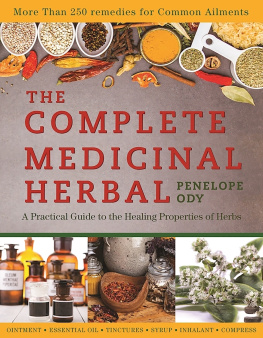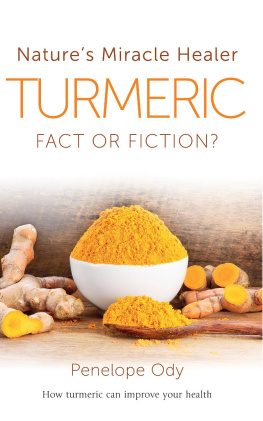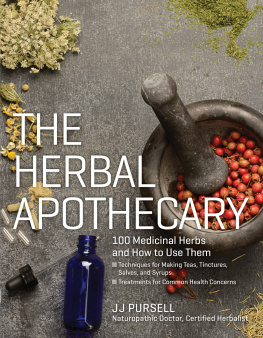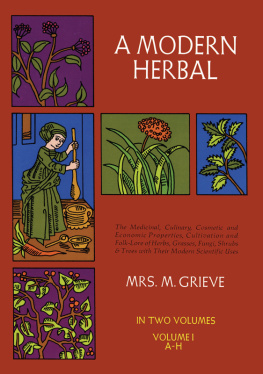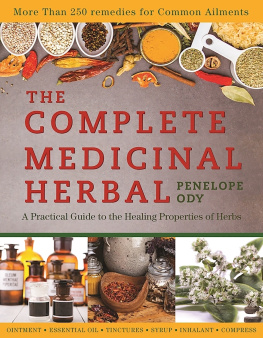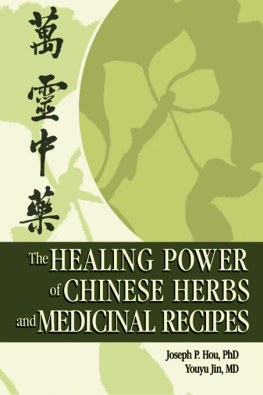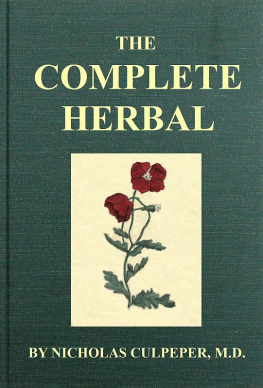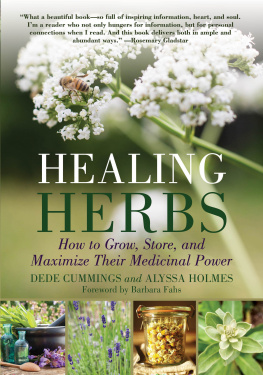Copyright 2017 by Penelope Ody
Text copyright 1993, 2000, 2015 Penelope Ody
All rights reserved. No part of this book may be reproduced in any manner without the express written consent of the publisher, except in the case of brief excerpts in critical reviews or articles. All inquiries should be addressed to Skyhorse Publishing, 307 West 36th Street, 11th Floor, New York, NY 10018.
Skyhorse Publishing books may be purchased in bulk at special discounts for sales promotion, corporate gifts, fund-raising, or educational purposes. Special editions can also be created to specifications. For details, contact the Special Sales Department, Skyhorse Publishing, 307 West 36th Street, 11th Floor, New York, NY 10018 or .
Skyhorse and Skyhorse Publishing are registered trademarks of Skyhorse Publishing, Inc., a Delaware corporation.
Visit our website at www.skyhorsepublishing.com.
10 9 8 7 6 5 4 3 2 1
Library of Congress Cataloging-in-Publication Data is available on file.
Cover design by Rain Saukas
Cover photographs: iStockphoto.com
Interior images: iStockphoto.com except as follows:
, Harpagophytum procumbens : H. Zell
, Hypericum perforatum : courtesy of Penelope Ody
, Nardostachys grandiflora : Joseph Dalton Hooker
, Withania Somnifera : Wowbobwow12
Print ISBN: 9781-634508438
Ebook ISBN: 9781-510711570
Printed in China
I MPORTANT N OTICE
The recommendations and information in this book are appropriate in most cases. However, the advice this book contains is general, not specific to individuals and their particular circumstances. Any plant substance, whether used as a food or medication, externally or internally, can cause an allergic reaction in some people. Neither the author nor the publishers can be held responsible for any injury, damage or otherwise resulting from the use of herbal medicines. Do not try self-diagnosis or attempt self-treatment for serious or long-term problems without consulting a medical professional or qualified practitioner. Do not undertake any self-treatment while you are undergoing a prescribed course of medical treatment without first seeking professional advice. Always seek medical advice if symptoms persist.
C ONTENTS
AZ OF M EDICINAL H ERBS
Arranged by Latin name, a visual directory of more than 100 herbs
I NTRODUCTION
One of the earliest Chinese herbals Shen Nongs Materia Medica, dating from the first or second century AD lists 365 healing remedies, most of them plants but including a few mineral and animal extracts. The Greek physician Dioscorides, writing in the first century AD, mentioned about 400 herbs. Today, the list of plants with known medicinal properties is much longer: around 5,800 in the Chinese Materia Medica , 2,500 known in India, at least 800 regularly collected from the tropical forests of Africa, almost 300 currently detailed for the medical profession in Germany (one of the few Western countries with official herbal monographs), and many thousands more known only to traditional healers in the more remote corners of our world. To produce a truly complete medicinal herbal would fill many volumes and be the work of several lifetimes. Yet, despite this bewildering array of healing plants, the average Western herbalist generally finds that a working knowledge of 150 to 200 plants is more than enough to cope with most human ailments.
Herbs may be defined as any plant that can be put to culinary or medicinal use and include those we associate with conventional drugs, such as foxglove and opium poppy, as well as everyday plants, such as garlic or sage. The herbs in this book are a representative cross section of these potent plants, ranging from exotic Eastern herbs, such as ma huang and ginseng, to more mundane apples and cabbages.
Interest in herbal remedies has grown steadily in the past decades. In the years since 1993, when the first edition of this book appeared, there has been a significant increase in sales of ready-made herbal remedies and more interest from the conventional medical profession in using herbal extracts as an alternative to powerful and potentially hazardous drugs. That interest has been fueled by concerns over the growing number of antibiotic-resistant micro-organisms that conventional treatments find increasingly difficult to tackle. In the West, people often cite the risk of side effects from powerful conventional drugs as a reason for turning to gentler, plant medicines. In the developing world, a lack of hard currency to pay for pharmaceutical imports is encouraging a reappraisal of traditional folk remedies.
This trend towards more natural medicines has gained added impetus from our growing concern with environmental issues, such as the destruction of rain forests and the loss of rare species. Although the therapeutic effects of many herbs have not been scientifically proven, research continues to identify the active ingredients that may one day form the basis of drugs to fight cancer or AIDS.
And yet, in extracting these chemicals and seeking to turn herbal remedies designed to help the body heal itself into powerful drugs to obliterate symptoms, we forget one of the basic tenets of traditional healing: a belief that the cause of disharmonies and dis-ease should be treated rather than the effects. We forget, too, that traditional health care has as much to do with preventing disease as with curing it.
The use of simple herbal remedies can encourage us once again to take responsibility for our own health. Instead of trying to obliterate symptoms when they become severe, we need to be sufficiently in tune with our bodies to recognize those symptoms as they develop and treat likely causes, whether physical, emotional, or spiritual, to restore balance.
In this book I do not simply aim to give a wealth of detail about a limited number of plants or provide cure-all lists of remedies that can be taken to alleviate symptoms. I have tried instead to look at how some herbs have been used by the traditional healers of many cultures and I have suggested a therapeutic approach for ailments that focuses on healing the whole person. For some, these suggestions may represent an effective solution. For others, they will only be the starting point for a wider exploration of the healing power of herbs.

H ERBS P AST & P RESENT
From ancient times, herbs have played a vital role in the healing traditions of many cultures. This section looks at the major herbal systems in different parts of the world throughout the ages. Some of these systems may seem incomprehensible to us in modern Western society, but the alternative way of looking at health care, which they represent, can be just as valid today as it was 5,000 years ago.
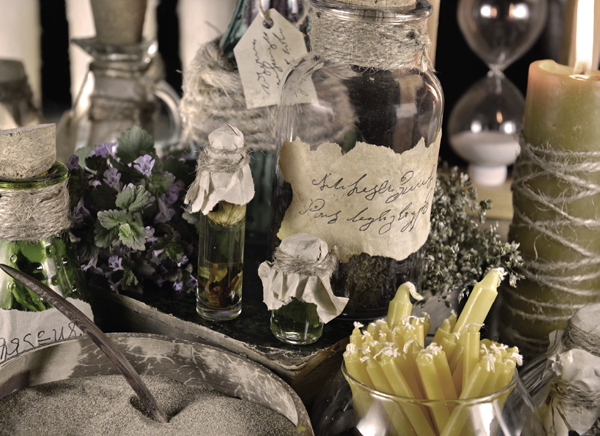
O RIGINS OF W ESTERN H ERBALISM
Hippocrates may be known today as the father of medicine, but for centuries medieval Europe followed the teachings of Galen, a second-century physician, who wrote extensively about the bodys four humors blood, phlegm, black bile, and yellow bile and classified herbs by their essential qualities of hot, cold, dry, or damp. These theories were later expanded by the seventh-century Arab physicians, such as Avicenna, and today Galenic theories continue to dominate Unani medicine, practiced in the Muslim world and India. Galens descriptions of herbs as, for example, hot in the third degree or cold in the second were still being used well into the eighteenth century.

